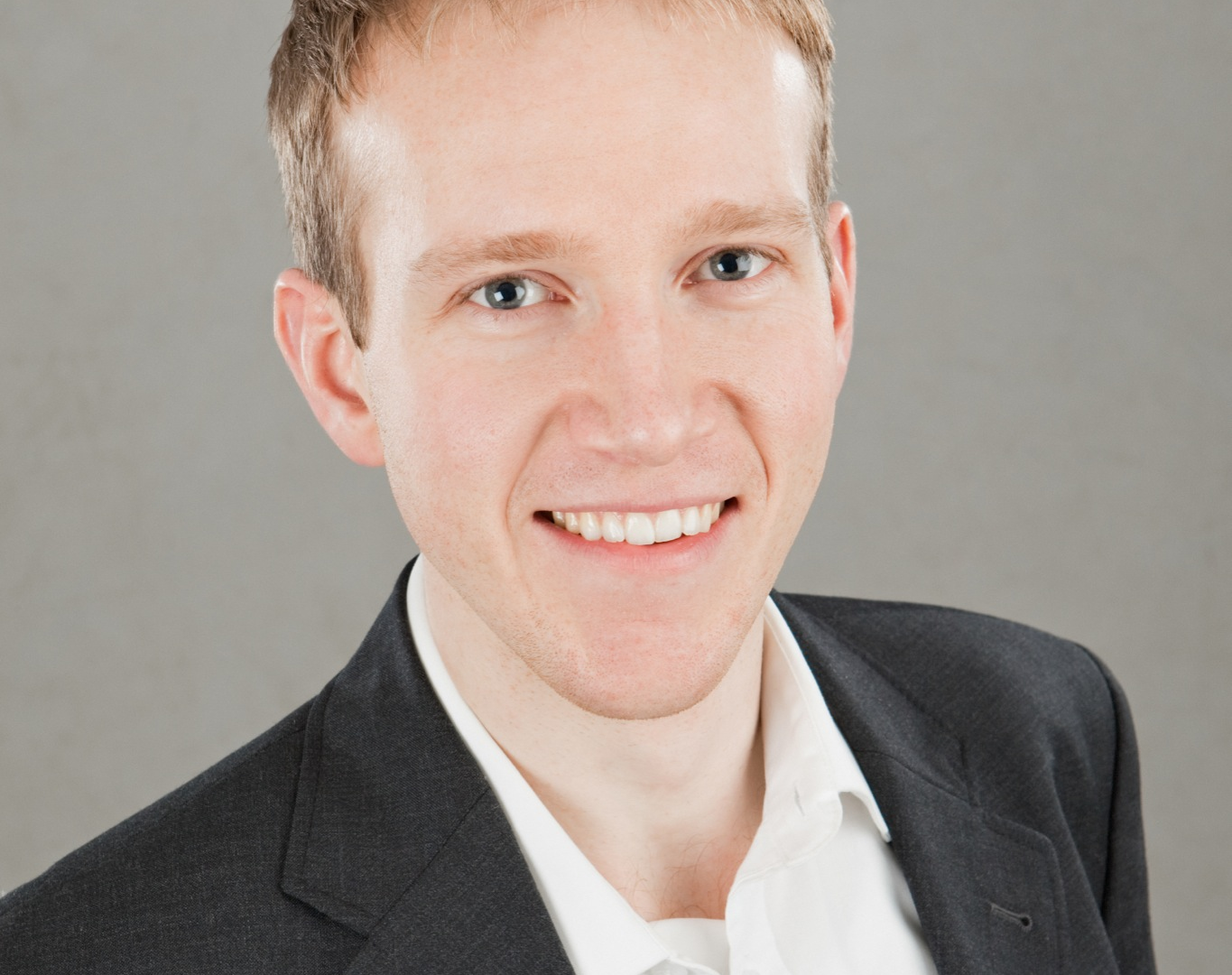Bruno Ehrler starts new research group on Hybrid Solar Cells
As of November 1st, Bruno Ehrler has been appointed as AMOLF group leader.
Ehrler is the second group leader hired in the FOM Focus group “Light Management in New Photovoltaic Materials”. With his research group Hybrid Solar Cells Ehrler aims at bringing together organic and inorganic semiconductors in solar cells.
Organic semiconductors, such as polymers and small molecules, have been extensively studied for solar cell applications due to their fascinating properties, such as the possibility of cheap, large-scale roll-to-roll fabrication, a variety of colors and ultrathin, flexible and lightweight devices. However, inorganic devices are still the only mass-produced technology because of rapidly falling prices, good efficiencies and long lifetimes.
In the Hybrid Solar Cell Group we aim at utilizing some of the unique properties of the organic semiconductors to overcome the limitations of single-junction inorganic solar cells. Singlet fission is a process in organic semiconductors that can be used to convert a high-energy photon into two particles, each carrying about half the energy. Coupling such an organic semiconductor to an inorganic semiconductor of low bandgap allows fabricating a two-bandgap solar cell in a single junction. In principle, these solar cells have an efficiency limit of 45%, which is about a quarter more than conventional solar cells. Our expertise spans from synthesizing novel materials, characterizing thin films made thereof, and fabricating solar cells.
Bruno Ehrler received his PhD from the University of Cambridge (2012) where invented the singlet fission sensitized infrared quantum dot solar cell under the guidance of Professor Neil Greenham.
His post-doctoral work with Professor Sir Richard Friend involved work on quantum dots and quantum dot solar cells, and transfer processes at hybrid interfaces.


